7 Hidden Dangers in the Home for your Baby
Your home is the one place where you should feel safe and secure. As a parent you should be making sure this is no different for your children.
Your baby is the single most important thing in your life and if there is a place that it should be safest, it should be in your own home. This however is often not the case because there are hidden dangers lurking in the very place that we’re supposed to feel the safest.
So let’s look at 7 hidden dangers in the home for your baby that you need to be aware of, to ensure that your child remains safe and free from injuries.

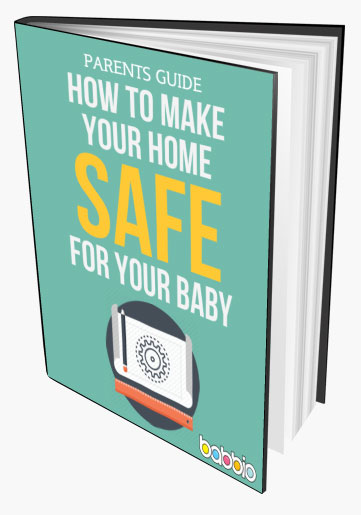
FREE BONUS
Parents Guide: Essential Advice to Make Your Home Safe for Your Baby
Free Guide revealing how to make each area of your home safe for your adventurous and inquisitive child.
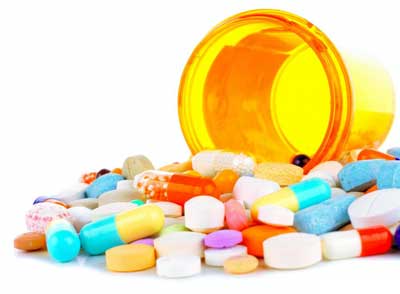
1. Medication
In the eyes of many toddlers, preschoolers and even tweens, a cabinet or bottle that's filled with over-the-counter medication may look as enticing as candy does thanks to their various shapes and colors.
Therefore, you need to take precautions to keep them out of reach from your children.
SmartChild Top Tips:
- Never leave out your medication, regardless if it's on a counter-top, night-table, bed or even your purse.
- Ensure all bottles have some type of child-resistant mechanism.
- Store medication where you know your children won't find them, either high up and out of reach or locked away in a cabinet or draw.
- When it comes to giving children medication, never ever... EVER refer to it as “candy” regardless of how much they are resisting it. They may just try to get some “candy” next time you’re not looking!
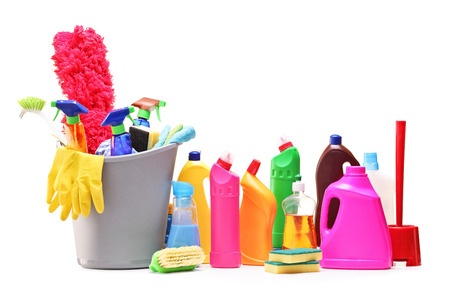
2. Cleaning Products
As is the case with medications, children are naturally drawn to dangerous cleaning products as a result of the scent and often bright colors.
We don’t need to tell you how these products contain harmful chemicals and again, steps must be taken to keep these away from your child.
SmartChild Top Tips:
- Use a baby-proof lock if you store these in a low cabinet.
- When you are in the midst of cleaning, ensure that all cleaning products are out of your child's reach – it only takes a second to take a sip of that interesting looking yellow drink!
- Buy or create a “danger” sticker for all hazardous household chemicals and teach your kids the reasons why they MUST avoid items that have this sticker.
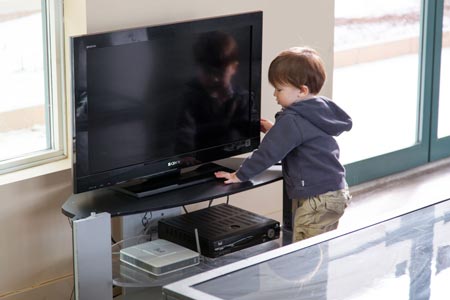
3. Objects that can fall or tip over
Another crucial thing you'll need to keep your eye on is anything in your household that can fall or tip over onto your child.
These often include heavy items that can crush and seriously injure your child if they were to lean, pull or climb on them.
SmartChild Top Tips:
- Secure ALL heavy, tall or unstable furniture to the wall or floor using specifically designed safety straps or fixings.
- Don’t forget the flat screen TVs – often one of the most overlooked and dangerous items in the household as they are often low level and easy for a toddler to tip over. Secure them with straps to the wall or furniture.
- Keep loose objects that can fall, such as ceramic figurines or picture frames, out of reach of children and away from your child’s crib, bed or changing table.
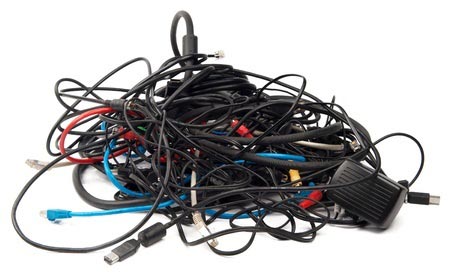
4. Cords
Children love to play with pretty much everything they can get their hands on but cords are particularly dangerous.
Things can quickly escalate with a loose cord and end up around their necks with your child suffocating and unable to cry out for help.
SmartChild Top Tips:
- Eliminate loose Cords from blinds by using a safety device, this can be as simple as a hook fixed to the wall that the loose cord is tightened around.
- Also consider cords from extension cables, telephones and TVs which must also be fixed in place to ensure no loose cable or cords are accessible to your child.
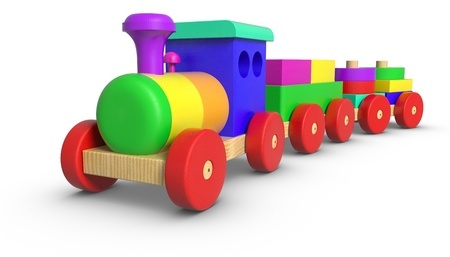
5. Toys
Toys are often the closest thing to our babies and so should warrant more of our attention.
They are highly regulated and subject to stringent testing however there are still hidden dangers lurking and we must be vigilant.
SmartChild Top Tips:
- Don’t keep large toys in a child’s crib or play area as they can often be used to climb out leading to falls or other dangers.
- Check toys for loose wheels or other small parts that can come off and be swallowed by your child.
- Periodically check the cpsc.gov website for products that have been recalled – there are over 400 recalls a year most of which surround toy manufacturers.
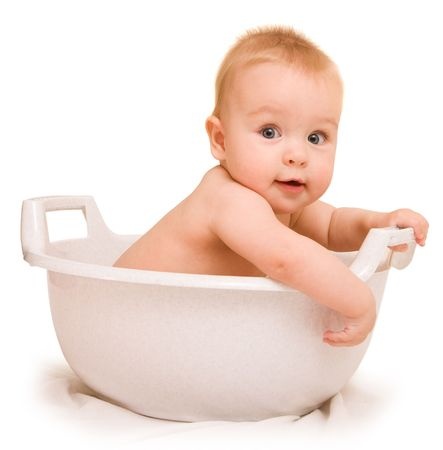
6. Water
Infant drowning is the leading cause of death for children aged 1 to 4.
Most people tend to associate drowning with a pool or lake however any kind of water is a drowning risk to a baby or young child and there is significant risk in everyday areas around our homes.
SmartChild Top Tips:
- Never leave children unattended in the bathtub even for a few seconds.
- Close the toilet seat cover as well as the bathroom door when no one is using them.
- Never leave a bucket of water such as mop water, unattended.
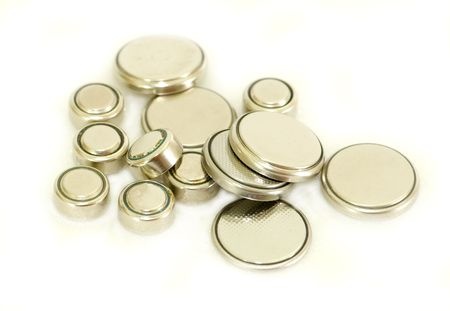
7. Small Batteries
The size of small batteries such as coin or button sized batteries essentially mean that children can easily eat them.
If eaten, the casing of the battery is broken down by the acids of the stomach, which then leads to an exposure to alkaline and alkaline poisoning.
Every year 2,500 emergency room visits as well as several deaths occur as a result of a coin-size battery related ingestion incident with a child.
SmartChild Top Tips:
- Follow the same advice as with medication and cleaning products for the storage of spare batteries.
- Be aware of items that contain small batteries such as Watches, Thermometers, Toys, Hearing Aids, Greeting Cards etc. and ensure that a child cannot get access to them.


